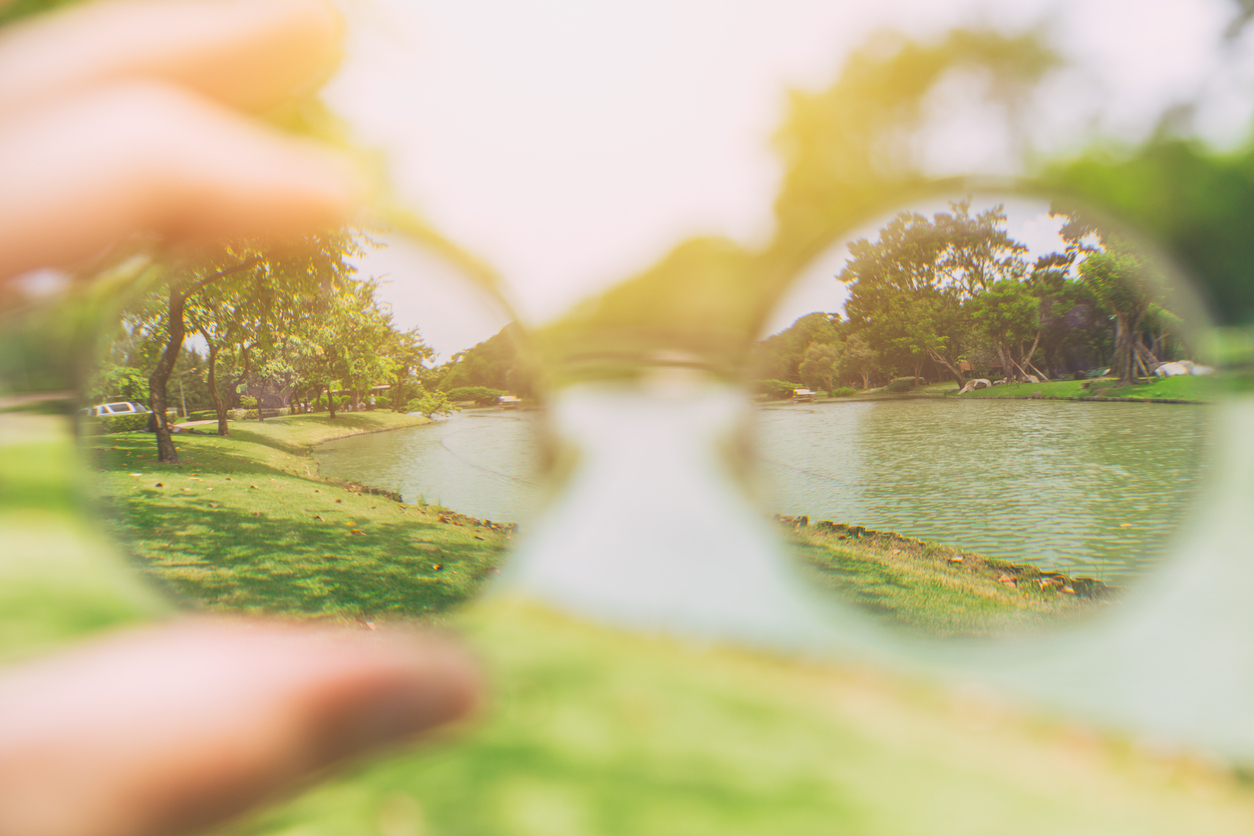What Does High Myopia Mean — And How Can It Impact Your Eye Health?

By understanding how high myopia develops and what effects it can have, patients can be better equipped to protect their eye health.
Myopia — also known as nearsightedness — makes it difficult to see objects in the distance clearly. While mild myopia can be easily managed with corrective glasses or contact lenses, high myopia is more severe and is even associated with other health problems such as glaucoma and cataracts.
Defined as myopia that measures more than 6.00 diopters — recognizable to medical professionals as -6.00 D — high myopia typically develops when you’re young. However, it can worsen throughout adulthood, and requires regular check-ups in order to be managed effectively.
As much as half of the global population may develop some level of myopia by the year 2050. Up from about 25% in 2000, the growing number of patients experiencing myopia means that those affected should understand how the condition develops and what it means for eye health overall, especially when it comes to high myopia.
How Does High Myopia Develop?
Myopia occurs when the eyeball becomes elongated. However, it can also appear if the cornea is too curved — or because of some combination of the two factors. This distortion means that light rays will focus in front of the retina instead of on the surface. Accordingly, affected patients will have difficulty focusing on far-away objects, even though they’ll typically be able to read and focus on things close to them.
In particular, high myopia is greatly affected by heredity. If one or both of your parents are nearsighted, you have a greater chance of experiencing a similar level of myopia. High myopia will generally begin to develop during childhood, although it can gradually worsen over time. Your eyesight can even continue to deteriorate beyond your late teens and early twenties.
What Does High Myopia Mean for Eye Health?
While high myopia does not cause vision loss in and of itself, research has linked it to a number of conditions that can become serious if left untreated — namely, glaucoma, cataracts, and retinal detachment. For example, studies indicate that patients with pronounced myopia have a higher chance of developing cataracts early.
Similarly, a study found that the odds of developing glaucoma increased with the severity of myopia. This means that patients with high myopia are more likely to suffer from glaucoma than those with moderate or mild nearsightedness. Additionally, researchers have identified myopia as a risk factor for retinal detachment. Studies have shown that people with high myopia are ten times more likely to experience retinal detachment than those without myopia.
How Can I Manage My High Myopia?
High myopia can pose a number of real adverse health effects if it’s not checked regularly and managed properly. Accordingly, patients who are experiencing high myopia, as well as parents and guardians who are concerned their children may be struggling with extreme nearsightedness, should be in touch with a qualified eye care specialist.
Depending on your needs, your eye doctor may recommend regular exams to track the progress of high myopia or corrective lenses and glasses to ensure proper eyesight. Patients may even want to discuss LASIK surgery with their doctors to avoid wearing bulky glasses or contact lenses day in and day out.
Whatever your needs, the team at ICON Eyecare can help. From reliable exams to effective LASIK procedures, we have the expertise patients can rely on.
[DISPLAY_ULTIMATE_SOCIAL_ICONS]








